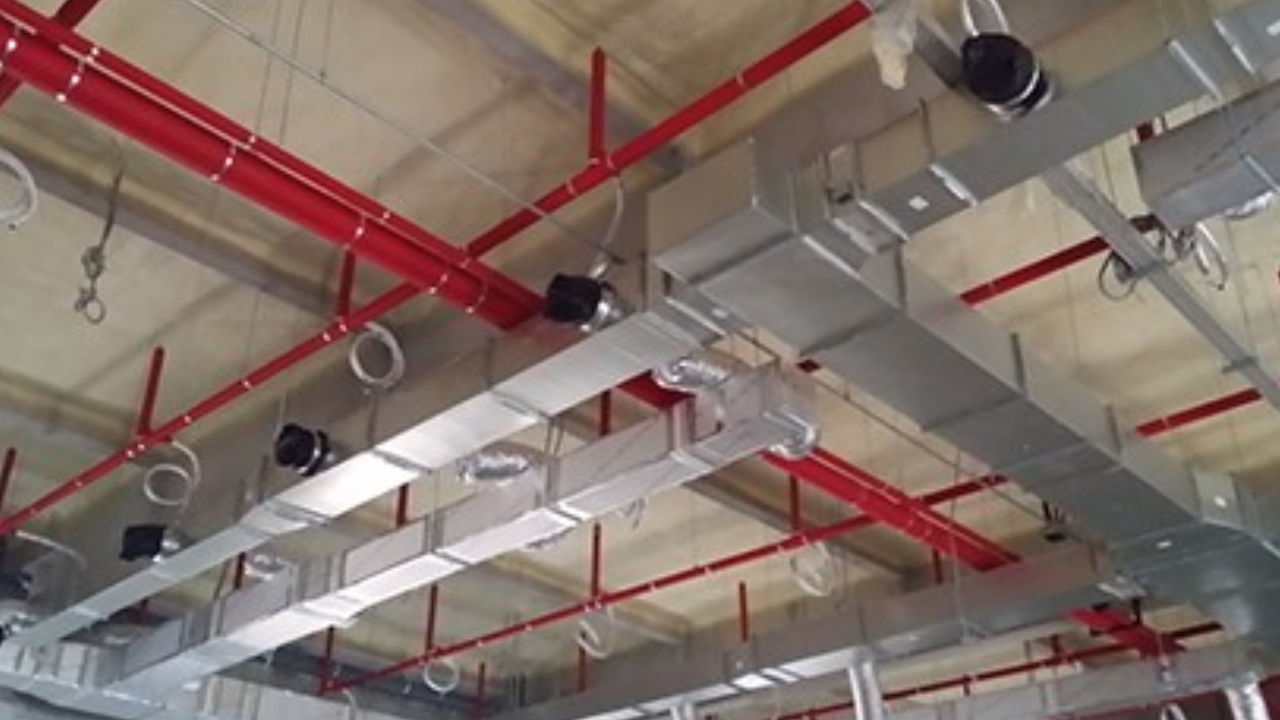TUSPIPE is a specialty in manufacturing extraordinary ERW (electric resistance-welded) carbon steel pipes, situated in Tianjin, China. These pipes are crafted with the use of superior era and stringent, satisfactory manipulation measures to ensure certain durability and overall performance throughout numerous commercial applications. These pipes are regarded for their versatility in conveying fluids, gases, and solids, as well as structural programs in construction and infrastructure initiatives globally.
TUSPIPE offers customization alternatives to fulfill particular venture needs, inclusive of various sizes, grades, and coatings. Each erw pipe undergoes comprehensive testing, consisting of ultrasonic testing and hydrostatic testing, to ensure certain integrity and reliability. TUSPIPE serves an extensive variety of industries, such as oil and gas, construction, and renewable strength. Their commitment to excellence, coupled with technical understanding and customer support, positions TUSPIPE as a dependent dealer within the global market for ERW pipes.
Manufacturing Process of TUSPIPE ERW Pipes
The production method of ERW pipes at TUSPIPE combines advanced technology with stringent quality management measures to ensure precision, reliability, and compliance with global requirements. This article presents a detailed review of the ways TUSPIPE manufactures ERW pipes, highlighting key ranges from raw material instructions to the final product.
Raw Material Selection and Preparation
The production system starts evolving with the selection of excellent raw materials, broadly speaking metallic coils. TUSPIPE acquires raw substances from professional providers, ensuring they meet detailed chemical composition and mechanical property necessities as consistent with applicable standards, including ASTM, JIS, or EN. The raw substances undergo rigorous inspection upon arrival to affirm compliance with these requirements.
Forming the Steel Strip
As soon as the raw material passes inspection, it is fed into a mill, where the metallic strip is shaped. The steel strip is uncoiled and extended through a chain of rollers that regularly form it into a cylindrical tube. This cold-forming process ensures uniform dimensions and tight tolerances, which are vital for achieving steady product quality.
Electric Resistance Welding
High-frequency induction coils are used to heat the metallic strip’s edges to the welding temperature after it has been formed. After that, a longitudinal seam weld is created by pressing together the heated edges. Electric resistance welding is a method of welding that uses the electric resistance of the steel to create a warm temperature and shape a weld.
Weld Seam Testing
The strength and dependability of ERW pipes depend on maintaining the integrity of the weld seam. To check the weld seam for any flaws or imperfections, TUSPIPE makes use of superior non-destructive checking methods like electromagnetic testing or ultrasonic testing. This step makes it easier to see any issues that might be threatening the pipe’s structural integrity and fix them.
Sizing and Straightening
Once the weld seam passes inspection, the pipe undergoes sizing and straightening methods to obtain the final dimensions and straightness necessities. Sizing includes passing the pipe through a series of rollers to adjust its diameter and wall thickness to unique specs. Straightening ensures that the pipe is free from any bends or deformations that would affect its overall performance in the course of installation.
Cutting To Length
After sizing and straightening, TUSPIPE’s ERW pipes are cut to particular lengths using computerized reducing machines. This step ensures uniformity in pipe lengths according to consumer specs, preparing them for next processing and set up in various business and infrastructure projects worldwide.
End Facing and Beveling
Following cutting, TUSPIPE’s ERW pipes undergo end-facing and beveling methods. End facing through eliminates any irregularities or burrs from the reduced edges, ensuring easy surfaces conducive to the right welding or joining. Beveling creates a sloped or angled facet at the pipe ends, facilitating strong and at-ease connections in pipeline systems. Those preparatory steps enhance the general integrity and reliability of the pipes in numerous commercial applications.
Final Inspection and Quality Assurance
Before shipment, TUSPIPE conducts rigorous inspections and fine warranty tests on each ERW pipe. This consists of thorough dimensional inspections, visual examinations for surface imperfections, and mechanical testing to verify power and sturdiness. Hydrostatic testing will also be performed to assess the pipes’ capability to stand up to strain. By adhering to these stringent procedures, TUSPIPE ensures that each ERW pipe meets or exceeds industry standards.
Conclusion
TUSPIPE’s production procedure for ERW pipes integrates precision engineering, superior technology, and rigorous management measures. By adhering to those procedures, TUSPIPE guarantees that its ERW pipes meet the very best standards of pleasantness, reliability, and performance demanded in various industries. From raw fabric selection to the very last inspection, each stage of manufacturing is meticulously achieved to deliver pipes that contribute to infrastructure, construction, and industrial tasks with durability and performance.









